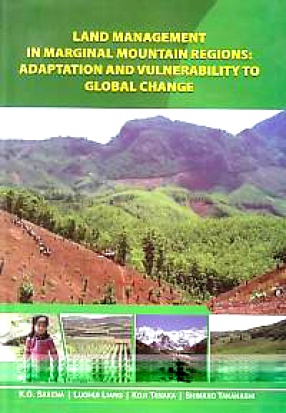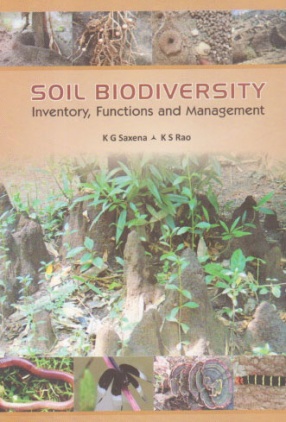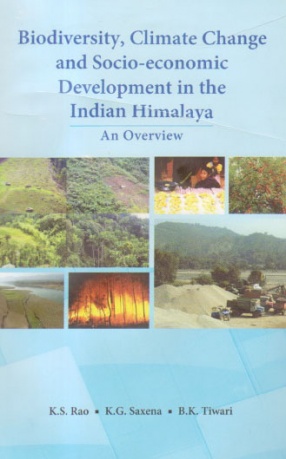Contents: Preface. 1. Global change: trends driving factors impacts and challenges. 2. Living with global environmental changes: vulnerability mitigation and adaptation. Subject Index. Mountain ecosystems occupy only about 20% of earth’s surface and are home to 10% of the human population. These ecosystems are globally significant for several reasons: (i) they are cosmopolitan in distribution, from the equator to the poles, coastal to continental regions and from the arid to tropical humid areas (ii) they as a result of altitudinal gradients, orographic settings geological histories and isolation imposed by a dissected terrain support higher levels of ecological and socio cultural diversity compared to other terrestrial landscapes (iii) they being the sources of all major river systems across the globe are source water in lowlands supporting several millions of people and provide opportunities of environmentally sound way of electricity production (iv) they remain the storehouse of a range of ecosystem goods and services critical for the global community, (iv) they have immense sacred and cultural values and hence are popular tourists destinations, (v) they are undergoing drastic changes under the influence global environmental changes parallelly with economic globalization and socio-cultural political transformation and iv. cutting across national boundaries they demand regional and international cooperation for meeting the conservation development challenges.
Soil Biodiversity: Inventory Functions and Management
Soil biodiversity emerged as ...
$151.20
$168.00








There are no reviews yet.